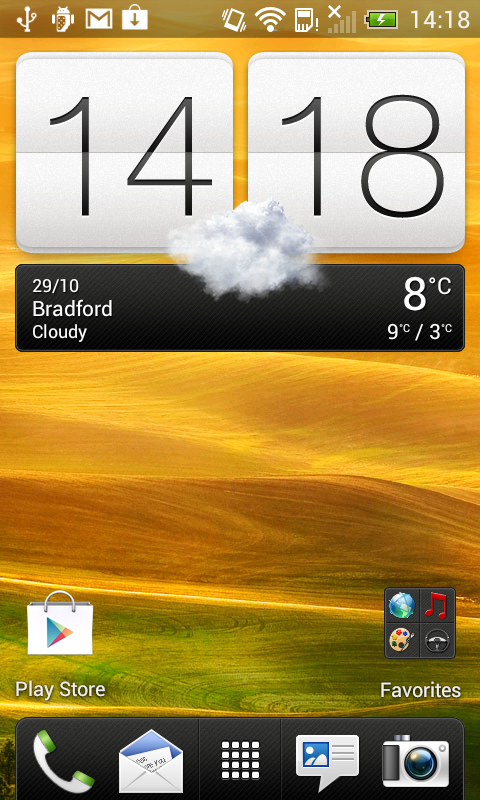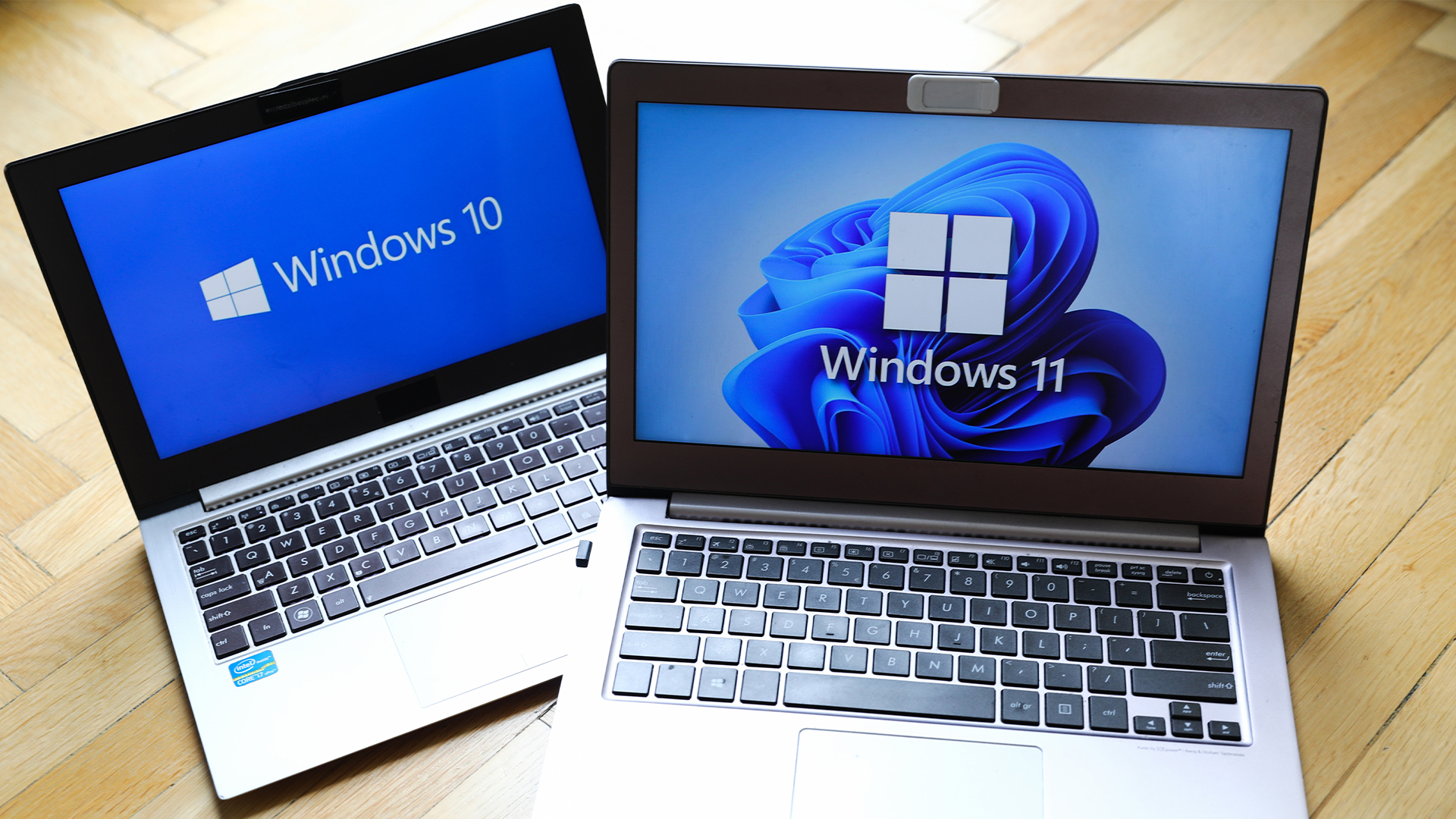HTC Desire X review
Can HTC's latest budget-friendly Android smartphone with its Snapdragon S4 chip, fend off the competition from Motorola's Atom-based Razr i handset?
The Desire X is a well-built handset, but one that has been planned out to a definite budget and not optimised for business use. The low-resolution rear camera and lack of front-facing camera can be overlooked, but its lack of processing power can cause problems for those wishing to run demanding apps, while the buggy operating system is crying out for a patch. For now it might be better to hold off until the bugs are fixed, or look at alternatives such as the flagship Nexus 4, which is dropping with a SIM-free starting price of £239.

Operating System
Sadly, HTC has yet to upgrade the Desire X to the latest version of Google's Android operating system, Android 'Jelly Bean' 4.1. Instead, the handset ships with the older Android 4.0.4 'Ice Cream Sandwich,' albeit with some tweaks, including HTC's Sense UI and the inclusion of the Chrome browser as standard - a move most other manufacturers are leaving until devices with Android 4.2 begin to ship.
It's a real shame to see HTC missing the opportunity to package Android 4.1 with the handset, as some of the improvements - in particular the Project Butter enhancements, which boost the performance of the operating system even on low-power devices like the Desire X - would have been welcome.

More worryingly, however, are a raft of bugs present in the HTC-customised version of Android shipped with the device. Perhaps the biggest issue came when installing software from the Google Play market: although smaller apps installed without problem, larger packages - including GLBenchmark 2.5 and the popular first-person shooter Dead Trigger - would simply crash the handset.
Although HTC has recently begun rolling out Android 'Jelly Bean' 4.1 to its flagship One X handset, it has yet to indicate a schedule for upgrading the Desire X - and with such serious bugs outstanding, that's a real concern even when buying on a budget. At the time of review, HTC was unable to provide an estimate of when the Google Play issue might be resolved.
Camera
It's clear HTC has made cost savings here too. The camera on the rear of the Desire X is a mere 5-megapixel model. Although an LED flash is included, low-light photography isn't the Desire X's strong point - although the quality of images taken in well-lit rooms is surprisingly good.
As with most Android smartphone cameras, the Desire X supports tap-to-focus as well as pre-set focus modes. A video mode allows for 800 x 480 recording at up to 30 frames per second, and it's no surprise - given the low-resolution display - that there's no support for 720p or 1080p HD video recording.
The real issue, however, is in the lack of a front-facing camera. A common feature of Android handsets, the front-facing camera allows for video-conferencing through apps such as Skype or simply for checking that your hair is looking spot-on. While its lack isn't a deal-killer, it does cut down on the number of ways in which the Desire X can be used - and if you're a Skype addict, could spell disaster for your buying plans.
Verdict
The Desire X is a well-built handset, but one that has been planned out to a definite budget and not optimised for business use. The low-resolution rear camera and lack of front-facing camera can be overlooked, but its lack of processing power can cause problems for those wishing to run demanding apps, while the buggy operating system is crying out for a patch. For now it might be better to hold off until the bugs are fixed, or look at alternatives such as the flagship Nexus 4, which is dropping with a SIM-free starting price of £239.
OS: Android 4.0.4 Ice Cream Sandwich Processor: 1GHz Dual-Core Qualcomm MSM8225 Snapdragon S4 Memory/Storage: 768MB RAM; 4GB internal w/32GB microSD card slot Screen: Super LCD 4in (480x800) Connectivity: 802.11b/g/n Wi-Fi, Bluetooth 4.0 with A2DP, micro-USB, 3.5mm headphone jack Other: Accelerometer, proximity, GPS Bands: EDGE/GRPS (850 / 900 / 1800 / 1900MHz), HSPA (850 / 2100 or 900 / 2100) Camera: 5MB rear with LED flash and autofocus Battery: 1650mAh Lithium-Ion (removable) Size: 118.5 x 62.3 x 9.3 mm Weight: 114g
Get the ITPro daily newsletter
Sign up today and you will receive a free copy of our Future Focus 2025 report - the leading guidance on AI, cybersecurity and other IT challenges as per 700+ senior executives
Gareth Halfacree is an experienced tech journalist and IT professional, and has been writing since 2006. In addition to contributing article for ITPro, Gareth has been featured in publications such as PC Pro, Techmeme, The Register, The MagPi, and Tom’s Hardware.
In addition to his digital articles, Gareth is the author of several best-selling books. These include the Raspberry Pi User Guide, an essential text for those looking to get started with their Raspberry Pi, as well as The Official Raspberry Pi Beginner’s Guide. Gareth also wrote the Official BBC micro:bit User Guide, a comprehensive guide to setting up the pocket-sized computer, learning to code on it, and even creating your own hardware addons.
-
 AI is helping bad bots take over the internet
AI is helping bad bots take over the internetNews Automated bot traffic has surpassed human activity for the first time in a decade, according to Imperva
By Bobby Hellard Published
-
 ‘We are now a full-fledged powerhouse’: Two years on from its Series B round, Hack the Box targets further growth with AI-powered cyber training programs and new market opportunities
‘We are now a full-fledged powerhouse’: Two years on from its Series B round, Hack the Box targets further growth with AI-powered cyber training programs and new market opportunitiesNews Hack the Box has grown significantly in the last two years, and it shows no signs of slowing down
By Ross Kelly Published
-
 Dragging your feet on Windows 11 migration? Rising infostealer threats might change that
Dragging your feet on Windows 11 migration? Rising infostealer threats might change thatNews With the clock ticking down to the Windows 10 end of life deadline in October, organizations are dragging their feet on Windows 11 migration – and leaving their devices vulnerable as a result.
By Emma Woollacott Published